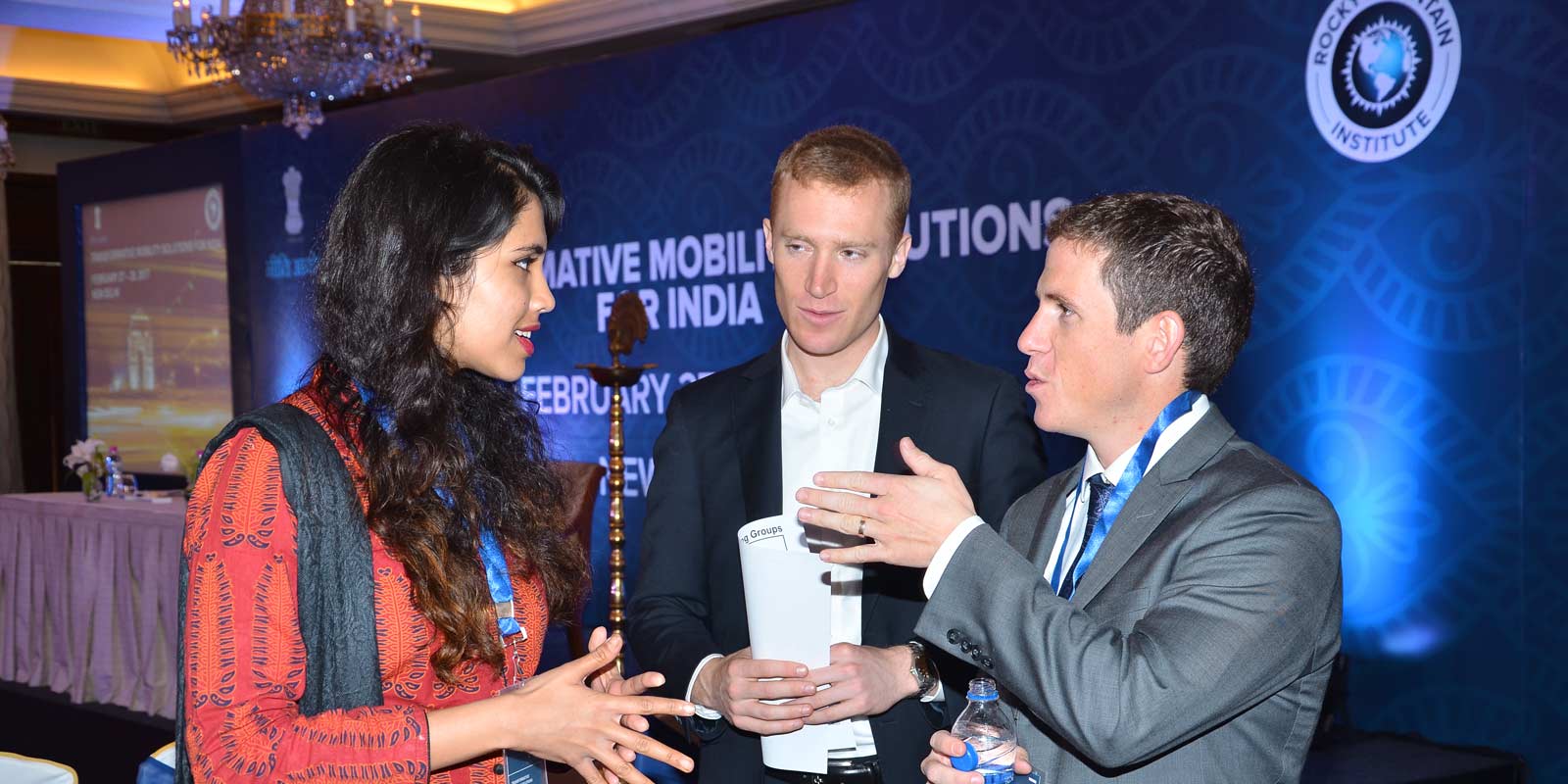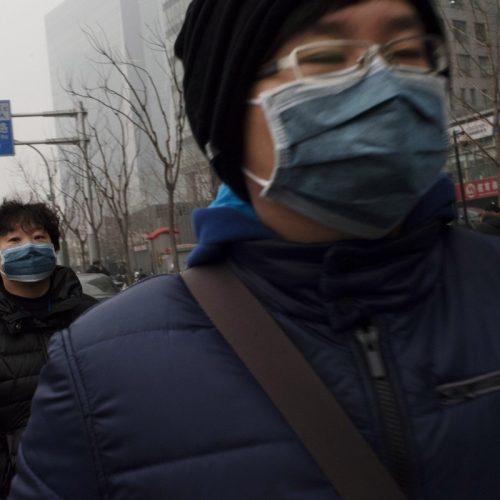On a fall day in 2015, RMI’s Beijing staff woke up to off-the-charts pollution levels. The city issued its first ever “red alert,” warning residents to stay indoors and take precautionary measures. Days like these—when air pollution levels exceed 200 parts per million (ppm), way over the World Health Organization’s recommendation of less than 10 ppm—are far too common. Kate Chrisman, RMI senior research associate, describes RMI’s work to clear the air in China.

Climate and Environment
Today, we are in the race of our lifetimes: a race against the climate clock that ticks faster with every ton of carbon dioxide emitted into our atmosphere, but fortunately, also a race to a clean, prosperous, and secure low-carbon future.

There’s no single more important factor in stopping climate change than mitigating the release of carbon dioxide and other greenhouse gases into our atmosphere. Our addiction to fossil fuels puts our planet and the people on it at risk. But this is a problem we’re committed to solving.
Climate change is at the root of sea level rise, extreme weather, and other catastrophic effects. In 2015 alone, disasters and climate change impacts led to the displacement of twice as many people as conflict and violence.
Fossil fuel exploration and development also cause major environmental harm—releasing pollutants and dangerous chemicals into our air and water, degrading and destroying important animal habitat, and increasing erosion.
Tackling such an urgent and enormous challenge can feel daunting. Yet, the climate challenge is not only solvable, but also a huge economic opportunity that can benefit future generations—and our own.
The Great Wall of China.

Helping China Achieve Its Carbon Neutrality Goal Earlier
Goal: Support China to successfully achieve or surpass its climate and energy transition targets.
In 2020, China announced that it will scale up its intended nationally determined contributions by adopting more vigorous policies and measures to peak carbon emissions before 2030 and achieve carbon neutrality before 2060. Since 2012, RMI has been collaborating with key stakeholders to provide technically & economically feasible, market-oriented solutions to contribute to China’s energy transition and climate actions. Our initiatives cover both the supply side, including power system transformation to help achieve a grid with over 70% generation from zero-carbon resources, and the demand side, including industry, buildings, and transportation. Through this work we demonstrate how China can achieve carbon neutrality and become a fully developed economy by 2060, and potentially as early as by 2050.
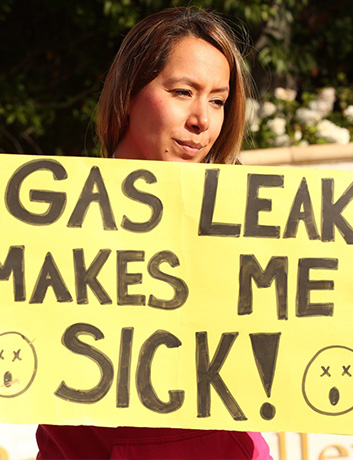
Lowering Methane Emissions
Goal: Cut methane emissions by 40 percent in the next ten years
Vast methane emissions from the global oil and gas industry punch the accelerator on the rate of climate change we are experiencing right now and represent approximately $30 billion in wasted natural resources. Reducing methane emissions is among the biggest greenhouse gas bargains in the world, helping avert catastrophic climate change while boosting operational efficiency and even creating jobs. Our Zero Methane Emissions program will accelerate emission reductions in international oil and gas companies, create a global demand for methane solutions, and cut today’s methane emissions by 40 percent in the next ten years.
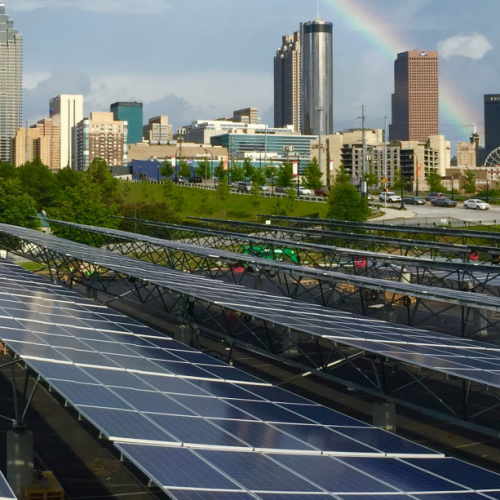
Cutting Energy Use in Buildings
Goal: We plan to reduce 50 million metric tons of CO2 equivalent greenhouse gases by transforming over 4 billion square feet of space in the U.S.
As the biggest consumers of power, buildings can make or break the critical transition to a low-carbon energy future. That is why we are aggressively deploying building energy efficiency—to economically achieve a more resilient, clean energy system, and to make our homes and businesses healthier, more enjoyable places to live and work. We are developing and demonstrating replicable market-based solutions to net zero-energy and near zero-energy buildings in new and existing large building portfolios and districts. And in the U.S. residential market, we’re improving homeowners’ access to energy efficiency information and increasing their desire and means to invest in energy upgrades, resulting in more efficient homes and lower energy bills.

Reducing the Carbon Footprint of Personal Mobility
Goal: We plan to save 2 billion barrels of oil and 1 gigaton of carbon emissions each year by 2030
Gridlock and traffic congestion cost millions of dollars in lost GDP in developed and developing economies across the globe. Our time in cars leads to traffic fatalities, and our mobility system’s addiction to oil causes pollution that affects our health, quality of life, security, and climate. More effective, efficient, and clean mobility systems can drive economic development, help us spend less time stuck in traffic, save money and oil, and reduce carbon emissions. That’s why we are working with public and private partners on the ground to implement Mobility-as-a-Service business models, electrify vehicle fleets, and help get the first commercial autonomous cars on the road.
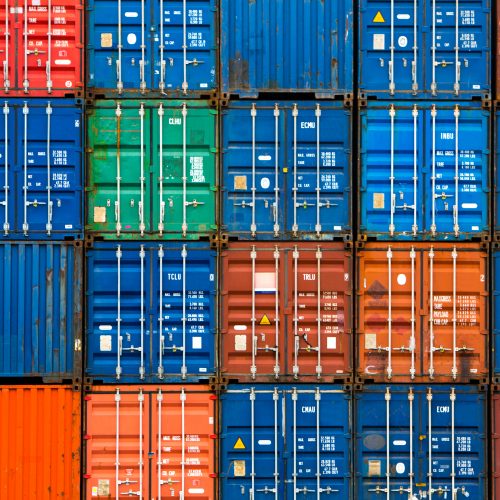
A Low-Carbon Global Goods Movement
Goal: Slash the carbon footprint of global commercial shipping fleets by 25 percent, and improve the efficiency of heavy trucks
Every product in your home has been delivered to you by ship and/or truck, be it your laptop, your favorite jeans, food, or medicine. Maritime shipping transports 90 percent of the world’s goods and is the backbone of international trade, important for both national economies and the entire global economic system. Meanwhile trucks provide the majority of goods transport within countries and continents. But this comes at a cost. The shipping industry emits nearly a billion tons of carbon per year, and heavy trucks are inefficient, wasting millions of barrels of oil and emitting far too much carbon for the services our global economies require. We're scaling demand for more fuel-efficient ships and trucks by increasing performance transparency, and promoting industry trust in fuel efficiency technologies.
Who’s Joining Us to Make a Difference
Together with bold philanthropic partners, business leaders, academic institutions, other NGOs, and governments around the world, we are tackling the climate challenge head-on by pursuing innovative business models, technologies, and policies that curb the carbon impacts of global industries.


Addressing climate change is humanity's self-revolution and transition to green development. Since 2020, 'green recovery' has become the mainstream direction of global economic development. China’s efforts to achieving the goals of carbon peaking by 2030 and carbon neutrality by 2060 will contribute to the world.
‐Mr. Liu Yanhua, Chair, China National Climate Change Advisory Committee
Stories from the Field
Former Costa Rican president and Carbon War Room head José María Figueres on islands, carbon, and global energy use.
The Kytoto protocol redefined how nations around the world collaborated to protect the environment and prevent runaway climate change. COP21 in Paris took global leadership one step further with firm commitments to a 2C degree global temperature rise. RMI CEO Jules Kortenhorst shares what he learned and why there's promise that these goals will be met.
